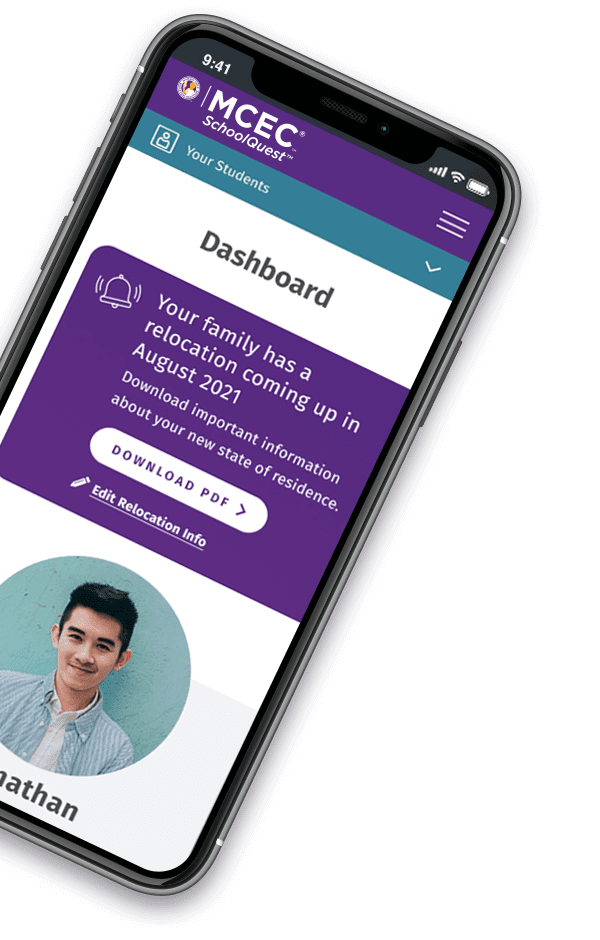Military-connected students, predominantly those with parents serving active duty, move approximately six to nine times from kindergarten to their high school graduation. This is about three times as often as civilian students, and these moves are more likely to involve longer distances, across state and even national boundaries. As military children move around the country and even the world, they enter and leave schools with different cultures, curriculum, standards, course offerings, schedules, and graduation requirements.
At the request of the Military Child Education Coalition, the Center for Public Research and Leadership at Columbia University (CPRL) set out to understand the state of school transitions for military-connected students from kindergarten to 12th grade. CPRL is a partnership of top US professional schools. It brings together graduate students in business, education, law, and policy to study and provide high-quality consulting support for public- and local-sector organizations seeking transformational change in K-12 education.
Over the past 20 years, there has been a shift in awareness of the educational needs of military-connected students, as well as changes in which they live and go to school. The Secondary Education Transition Study (SETS) that was published in 2001 brought about new awareness and intervention among institutions that are involved in the educational lives of military-connected students. Additionally, this study was published in tandem with a commitment from the U.S. Army to work on school-installation partnerships by creating a new position called the school liaison officer or SLO. Over the next six years, other branches of the service developed similar programs and positions to better connect military-connected students and public schools.
Since 2000, the landscape of public education in the U.S. has also changed. With the adoption of No Child Left Behind, schools have shifted their focus towards testing and accountability. Also, new requirements for End-Of-Course exams and more specific graduation requirements add to the complexity for military-connected youth.
Furthermore, the SETS study was published before the ongoing U.S. wars in Afghanistan and Iraq. At that time, extended and repeated parental deployment was not necessarily a regular part of military family life. There is nearly no doubt that the existence of these wars caused emotional turmoil for these students and likely affected their school experience.
The discussion of the current environment for school transitions would not be complete without mentioning the Interstate Compact on Education Opportunity for Military Children (MIC3 or the Compact). In summary, the Compact has been adopted by all 50 states and has brought increasing consistency and stability to the transition process. While the Compact is still evolving, it is a step towards making moves easier on military-connected youth.
With the changes outlined above, there was a need for the impact of school transitions on military-connected students to be re-examined. Our insights and findings you will find below are grounded primarily on the interviews we conducted with students, parents, and educational professionals.
Areas of challenge for military-connected students and parents, as well as educational professionals, include:
We found several promising practices and solutions to help close the gap between military-connected students and civilian students. Some of these practices and solutions include:
Our research shows that military-connected students continue to face significant challenges related to school transitions, particularly when school transitions happen frequently. We need a deeper understanding of the impact multiple transitions have on a student’s academics. With this knowledge, we can create better programs and tools for these students and their parents, and educational professionals can better support military-connected families.

Read the whole report here.
SchoolQuest offers many solutions to the challenges detailed in the report. It is a free platform that puts information in the hands of parents and students in order to make the best academic decisions. It makes school transitions and keeping track of academic progress easier on military-connected students, parents, and educational professionals. Our centralized hub has resources for military-connected students from kindergarten to high school graduation.
| Free Registration | Learn More About SchoolQuest |